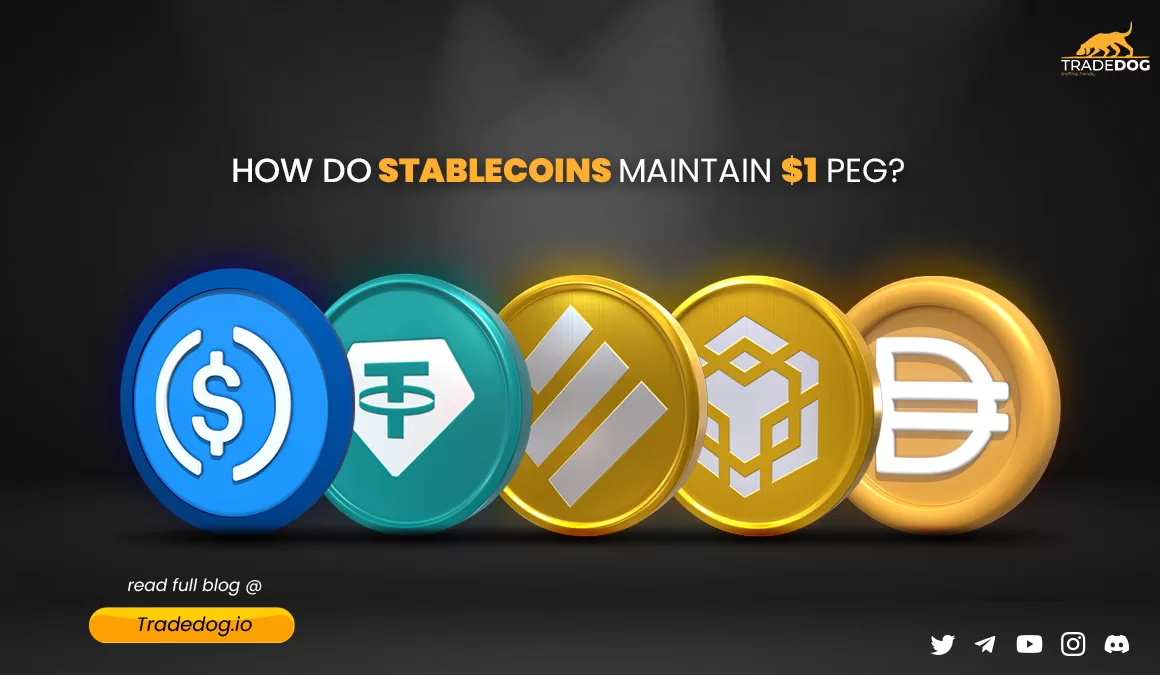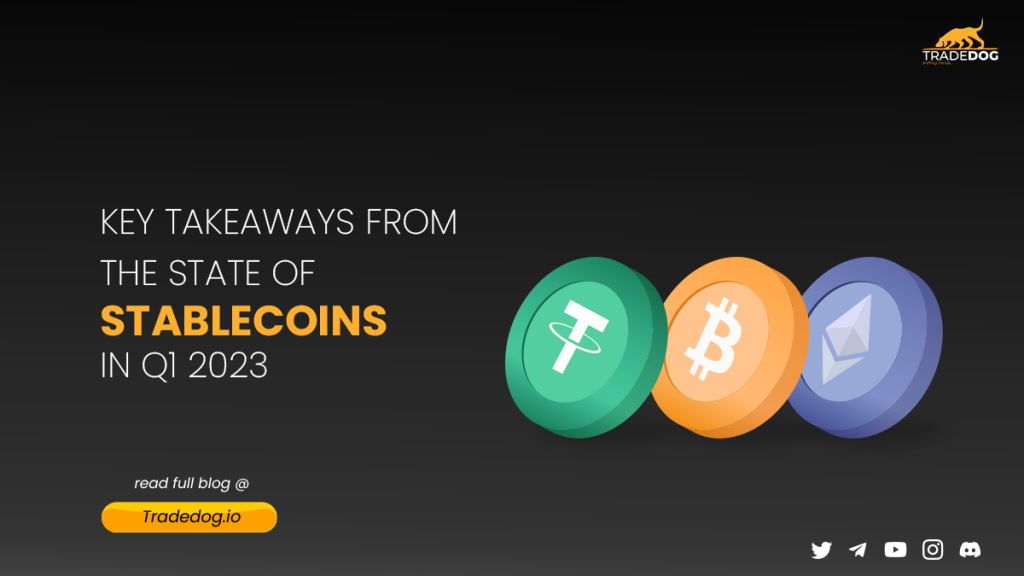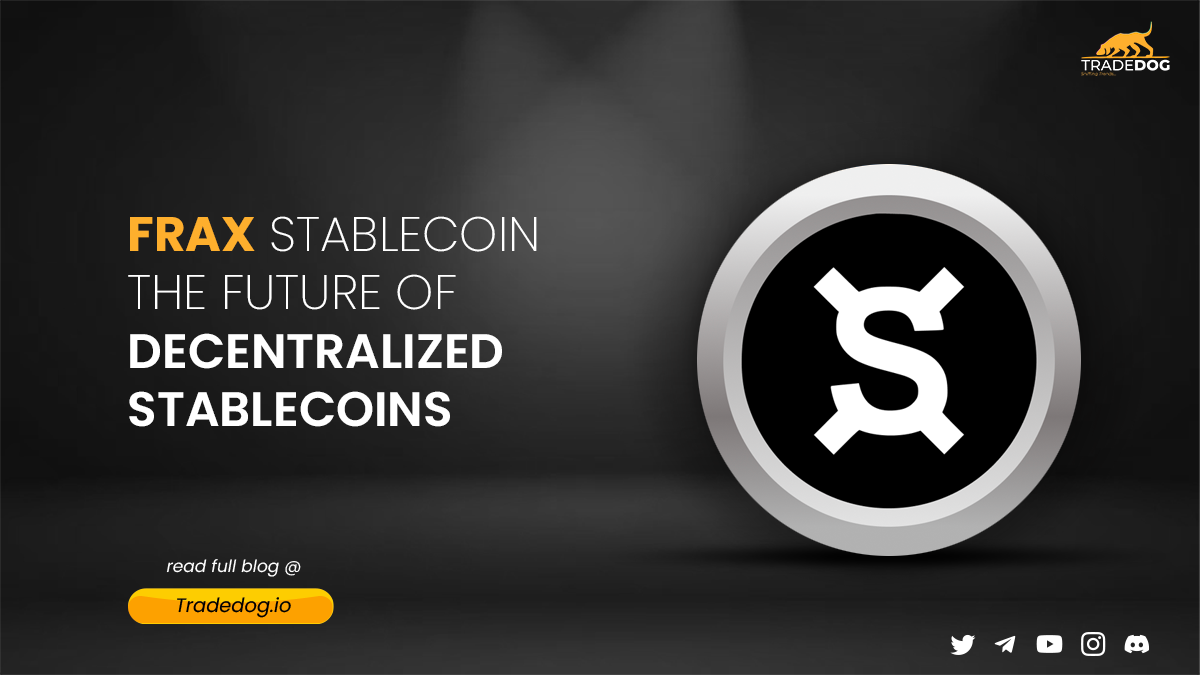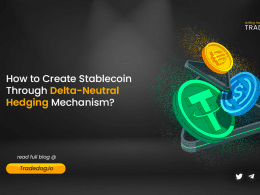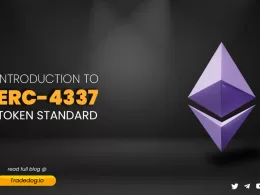Quick Links
As the name suggests, stablecoins are cryptocurrencies that are designed to bring stability and consistent value over time. The use of these currencies has grown in popularity since 2017 and according to CoinMetrics, despite the run down in the overall market, more than $7T worth of transactions were settled with stablecoins in 2022 as compared to $6 trillion in 2021 and the $1 trillion settled the year before.
Stablecoin is a type of cryptocurrency that has its value pegged to another asset such as fiat currencies like US Dollars, other cryptocurrencies, commodities or financial instruments or a combination of these. They help to mitigate the volatility in prices that is usually associated with cryptocurrencies such as Bitcoin.
Importance of Stablecoins
Stablecoins serve as a safe haven asset for investors due to their stability in value, as they are pegged to a stable asset such as the US dollar or a basket of assets. This makes it an attractive option for institutional traders as it eliminates the need to convert unpegged cryptocurrencies to fiat and avoids high conversion rates when investors are unsure of the market conditions. By using stablecoins, they can maintain some exposure to cryptocurrency while reducing the risk of large losses due to price fluctuations.
Secondly, It is used to facilitate faster and cheaper cross-border payments and remittances as they are not subject to the same regulatory restrictions as traditional currencies and can also save on the transaction fees charged by financial institutions. It works as a medium of exchange and can be used in everyday transactions, to buy goods and services, and facilitate transactions between parties.
Finally, it provides liquidity in the market, as exchanges can provide trading pairs of tokens backed by fiat currencies or commodities. It is also used as a means of hedging against price fluctuations in other cryptocurrencies.
Types of Stablecoins
Stablecoins are broadly classified into two categories – Asset-backed and algorithmic stablecoins.
An asset-backed stablecoin is backed by assets including fiat currencies, commodities like gold or silver, commercial papers, treasury bonds, and cryptocurrencies like Bitcoin or Ethereum held in reserve. The issuer of centralized stablecoins is expected to keep a reserve equivalent or more to the amount of stablecoins issued in the market. However, in the case of cryptocurrency-backed stablecoins or decentralized stablecoins, the reserves are often overcollateralized to marginalize the potential volatility in their prices. The popular stablecoins include USDC, USDT.
An algorithmic stablecoin uses a complex algorithm (smart contracts) to respond to demand and supply by buying, selling and burning tokens to maintain a stable value. Some algorithmic stablecoins include FRAX, ESD, DAI etc.
How is stability maintained by Stablecoins?
Backing involves the use of a reserve of assets including cash deposits of fiat currencies, treasury bills or bonds, commodities etc. that are held to back the stablecoin’s value. The value of the collateral should be equal to or greater than the value of the outstanding stablecoin supply. This ensures that the stablecoin can be redeemed for its underlying collateral at any time, which provides a strong incentive for market participants to trade the stablecoins.
As we can observe in the exhibit, one of the popular asset-backed stablecoins – USDC has an amount equivalent to the circulated supply in its reserves in the form of cash deposits and treasury bonds. This ensures that the ratio of 1:1 between the value of stablecoin and fiat or other assets backed against it is maintained.
USDC
Exhibit: Reserves Composition as of March 2023
Source: Circle
However, recently the crash of Silicon Valley Bank had a ripple effect on the stablecoin market as Circle, the issuer of USDC had approximately $3.3 billion in reserves held at the bank. The uncertainty of redeeming the reserves from the bank caused the depegging of USDC value to lower than 85 cents in response to which crypto whales suffered huge losses.
The co-founder of cryptocurrency exchange Huobi Global, Du Jun posted:
“[I] dodged LUNA, dodged 3AC, even dodged FTX [and their collapse], but I couldn’t avoid Silvergate, nor SVB and USDC. Asked a few crypto veterans; losses amounted to >$1 billion in stock and deposits, myself included. I’m very upset, and it’s time to cut down on my budget.”
Moreover, few trading platforms could not handle the large number of trading requests associated with USDC. Curve Finance, one of the top DeFi protocols for trading stablecoins, witnessed an all-time high daily trading volume of around $5.67 billion. An emergency protocol was filed by the stablecoin issuer, MakerDAO to apply restrictions on DAI minting against USDC to prevent panic selling.
USDC has recovered from the depegging phase and the value has rebounded towards $1 as Circle assures any shortfall will be covered by them using corporate resources and external capital if required. Following this event, the community of MakerDAO also voted by 79% to retain USDC as its primary reserve.
Moving towards algorithmic stablecoins, it works on a two-coin model – one being the stablecoin and the other a native cryptocurrency coin. Initially, the value of the stablecoin is equivalent to the value of the crypto coin at $1. If the price of stablecoin goes up and the price of the native token remains at $1, then arbitrageurs will start buying the native token to make a profit from the higher value of the stablecoin. As more traders will sell their stablecoins, these will be available in excess supply in the market and this will push back the price of stablecoin back to $1.
We’ll take an example of an algorithmic stablecoin – TerraLuna to understand how it works. TerraUSD (UST) and Luna are sister coins of a blockchain network – Terra Network, with the former being a stablecoin and the latter, being the native coin of the network. If the price for UST increased, then traders could make a profit from buying Luna at $1 and selling UST at a higher price. The longevity of algorithmic stablecoins depends on the marketing or demand for the stablecoins. In the case of TerraLuna, it was largely created by a DeFi lending platform, Anchor Platform on Terra blockchain. It offered more than 20% annual yield to traders who staked their tokens in its protocol. At one point, 72% of the UST was deposited in the Anchor protocol.
The crash was caused when suddenly over $ 2 billion worth of UST was liquidated and the price of UST decreased to $0.91. Due to this, a large number of traders started selling UST to buy Luna which led to the minting of Luna and an increase in the circulating supply of Luna.
This sudden decrease in demand caused the TerraLuna ecosystem to crash, making many traders lose their significant savings.
Risks and Challenges
In times of market stress, depegging or uncertainties, the very purpose of stablecoins is defeated, i.e to provide stability in a decentralized ecosystem. It creates market and liquidity risk as investors will be concerned if the issuer will be able to meet the redemption requests. There might not be enough buyers to facilitate trading. Some issuers may claim to have sufficient collateralized assets but the case may be otherwise in the case of Tether, it has been fined twice by SEC for the shortfall in their reserves in 2021. Then, these are also subject to regulatory risk as there is a lack of a regulation system which may impact the value of stablecoins.
Conclusion
Though in the short term, people may lose confidence in the stablecoin market with the TerraLuna crash and depegging of USDC, yet in the long term it is not expected to have a significant impact. There was a fault in treasury management by Circle as they held almost 10% of their reserves in one bank and that can be a risky move for any business. However, with these fallouts, the stablecoin market is expected to emerge stronger than ever with a comprehensive regulation system, meaningful audits and other consumer protection controls in place.





